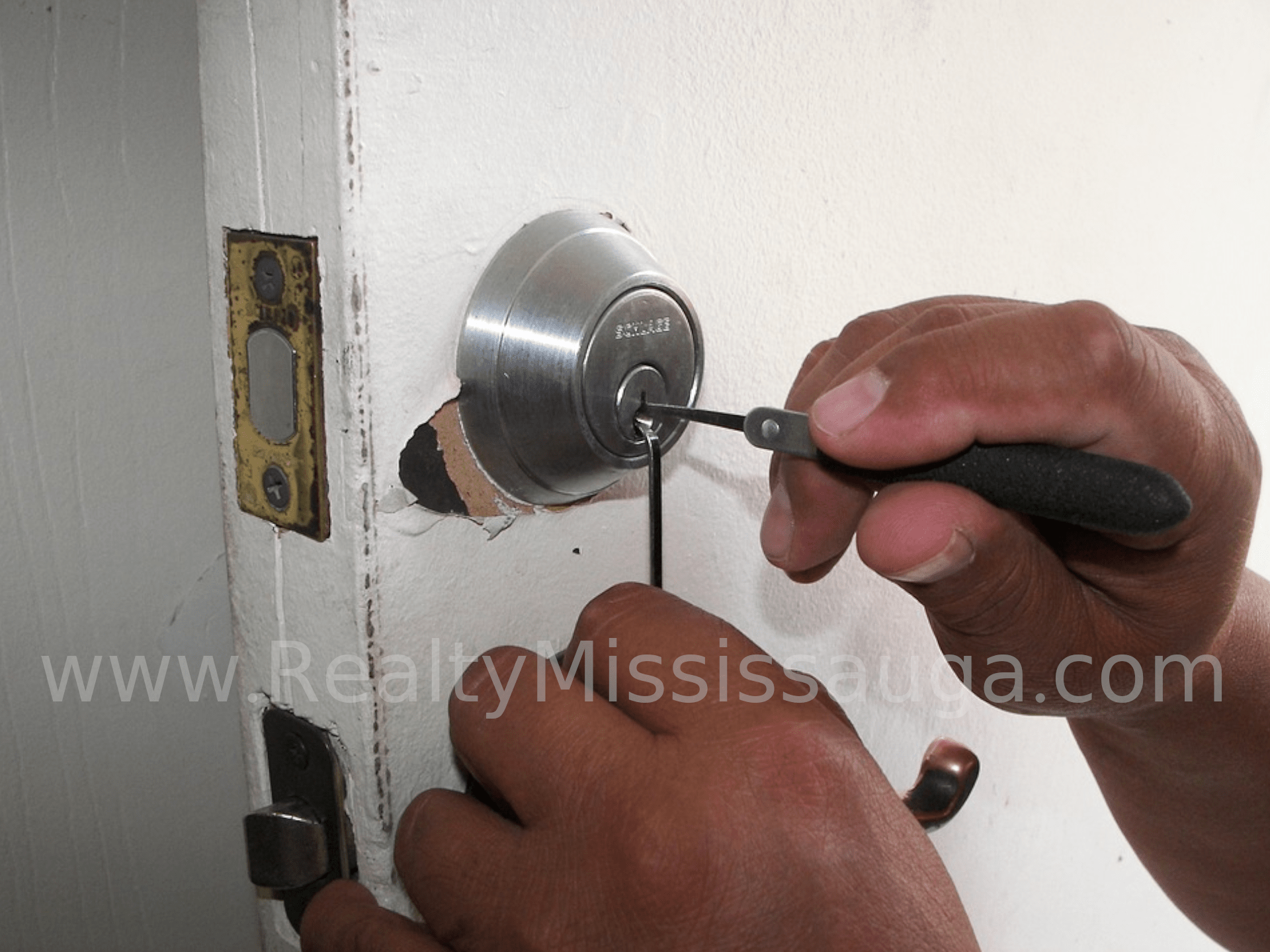Locksmith Business in Mississauga: If you have ever locked out of your home or lost your key, chances are you have used the services of a locksmith. Locksmiths help people lock locks from their homes and move cars back inside, and also install and configure lock systems.
If you are interested as a locksmith in Ontario, you will not require any formal certification, but you will need training. Although locksmithing is not a regulated profession, service companies will not hire you without proper experience and customers will soon find out if you do not have the training to promise quality workmanship.
Lock security requirements
Because a locksmith skill set lends itself very well to illegal activities, applicants must qualify for an Ontario security worker license. First of all, you must be legally entitled to work in Canada. Apart from Canadian citizens, immigrants and other permanent residents and those with work or study permits.
Other prerequisites include, but are not limited to:
- proof of identity
- A passport quality photograph
- Digital fingerprints
Criminal records, police information, and corrections record checking
Applicants must speak sufficiently in English to interact with the public and be at least 19 years of age, although under lock-in as a trainee may be under 16 years of age. Police and peace officers are not eligible to hold security worker licenses.
How to start Locksmith Business in Mississauga
-
Complete your Course
Complete your high school diploma. As per work in Canada, a high school diploma is a minimum requirement for many professional occupations, including lockout. While in high school, talk to your guidance counselor about the Ontario Youth Apprenticeship Program (OAAAP).
Through this program, you can start learning how to unlock while in high school and you do not need to pay any apprenticeship fees. Your direction adviser can help you find an employer that will take you and guide you in the locksmithing business.
Contact potential employers if you have already completed high school and do not have the opportunity to participate in OAYAP. To get started with locksmithing you need to find your apprenticeship placement. Locate the lock ready to take you as a trainee. You can also use some online employment resources suggested by Employment Ontario.
-
Local government
Contact your local government of Ontario apprenticeship office so that you can find a potential employer. The advisor will tell you what your responsibilities are as a trainee and what courses you need to adopt as a trainee employee.
-
Training Period
Complete your training period and course, whether you have started your training with OAAP or have become an apprentice after high school. It usually takes two to three years for your apprenticeship to end. In high school, they work part-time, to begin with, and transition to full-time employment. Trainees will work full time after high school. Trainees will break the locks and install new locks and security systems under the protection of an experienced locksmith. You will also do some formal research.
-
Registration
Consider registering with the Ontario Locksmiths (TAOL) Association. The business allows networking opportunities and many users use the site to search for trustworthy providers of locksmith service in Ontario.
Revisit your skills every year and consider whether you can benefit from additional training to expand your work opportunities. The Academy of Locksmithing offers several courses to deal with a wide variety of locks, access control systems and alarms, and other professionally-relevant topics.
-
Modern entry system
In the modern world, a locksmith is not the only person who can change the locks for you after you lock yourself or after a bad breakup. Modern entry systems with microprocessor control and smartphone applications run beyond dead bodies on state-of-the-art, high-tech Internet of Things devices and should be able to work with everyone.
Work in the field without formal apprenticeship and eventually challenge the certification exam. In any case, you will need to work with a currently licensed locksmith who is ready to train you and supervise your work while carrying you to work.
-
Apprenticeship track
The apprenticeship track can begin as a high school through a secondary school apprenticeship in the province, as long as you can find an employer ready to find you. Whether you begin your apprenticeship during school or after graduation, you must submit an application for an ITA signed by your sponsoring employer and a sponsorship/apprenticeship form.
If you pass the required background check, the ITA will issue you a certificate of apprenticeship that formalizes your working relationship with your sponsor. This assures any potential customers that you have passed the province’s screening process and that you work under the supervision of a qualified locksmith.
-
Certification exam
The ITA program guide details the lockout skills and knowledge you are expected to achieve during your training period. You can enhance your hands-on education with self-study material or by taking courses from a recognized provider. Once you have completed less than 3,600 hours of work experience, you are eligible to take the ITA Certificate of Aptitude Test.
If you pass with a minimum score of 70 percent, and your sponsor advises you for certification, you will be awarded a Certificate of Merit. It identifies you as a fully qualified and certified locksmith, capable of working independently and in turn for your train trainees.
-
Challenge track
At-home training is not a viable choice to become a locksmith in Mississauga, but if you can get a locksmith to hire you, it is possible to use self-study stuff or private courses to prepare for certification.
On this track, you must log in for at least 5,400 hours of work experience in the trade, which takes approximately three years, compared to the two years required under the Apprenticeship model. You have to take the same certificate of merit test and pass with a minimum of 70 percent marks. If you are successful, you will receive the same certificate of merit.




